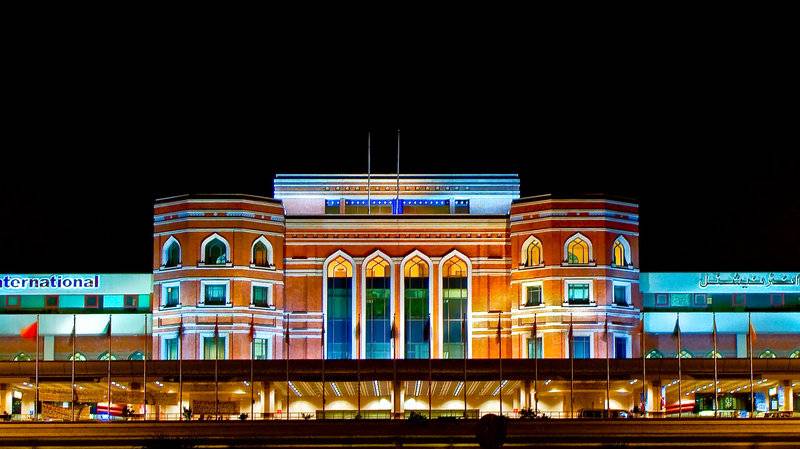Recently, the Prime Minister, Nawaz Sharif, has been taking a lot of interest in the expansion plans for Allama Iqbal International Airport (AIIA) in Lahore. He hasn’t restricted himself to project initiation and oversight like most prime ministerial ventures, but seems to be personally involved in decision-making; from directing the Civil Aviation Authority (CAA) and National Engineering Services Pakistan (NESPAK) towards what firms to hire, to having the final say on the design. While such a hands-on approach by any national leader is appreciated – and sorely needed in other, more pressing matters – Nawaz Sharif’s personal interest in the airport is inexplicable.
Not least because the expansion plan, which envisions an additional passenger lounge, increased seating, and increased parking bays, does not seem required at all – and the things that should have been improved or expanded are ignored. The new expansion is planned keeping in view the expected increase in the number of passengers and the air traffic in the next 25 years. It is true that the coming period is expected to bring more traffic, but for the moment that remains pure expectation, international airlines still approach Pakistani airports with caution and overall traffic remains low. Is it wise to spend large amounts of funds constructing facilities that would not be properly utilised till the coming 25 years? Such forward-thinking planning is welcome, but the government must prioritise. Before the AIIA can be made bigger, it needs to be made better.
Anyone who has ever travelled via the Punjabi capital’s airport would be able to testify the squalid condition of many essential services. There is no sitting arrangement for the people coming to receive passengers, forcing most of them – many who have travelled from remote parts of the province – to squat on the floor or sit on their luggage. The public washrooms are no better than those found in neglected bus stations; they are small, dirty and have a repulsive stench that permeates for many yards outside the doors – a badge of shame for an international airport of such importance. There are no modern amenities, such as easily accessible charging ports or Internet. In the arrivals corridors there is no restaurant or coffee shop on the premises; the only food comes from wildly overpriced shops that sell packaged crisps. The list goes on. These small, basic problems are what detract from the quality of the airport, not its size. Even if it were expanded, such problems in the public areas will always be the lowest denominator. Any expansion plan must fix these problems first, before adding a passenger lounge.
Airports around the world, such as Heathrow in London and Indira Ghandi International in New Delhi are marvels of modern engineering and management that announce a nation’s pedigree to visitors – ours have overflowing washrooms and luggage eating carousels.
Saturday, April 20, 2024
Improving Lahore Airport

Pak economy improving, funds will be provided on request: IMF
9:57 PM | April 19, 2024
Minister advocates for IT growth with public-private collaboration
9:57 PM | April 19, 2024
Judges' letter: IHC seeks suggestions from all judges
9:55 PM | April 19, 2024
Formula 1 returns to China for Round 5
9:05 PM | April 19, 2024
Germany head coach Julian Nagelsmann extends contract till 2026 World Cup
9:00 PM | April 19, 2024
A Tense Neighbourhood
April 19, 2024
Dubai Underwater
April 19, 2024
X Debate Continues
April 19, 2024
Hepatitis Challenge
April 18, 2024
IMF Predictions
April 18, 2024
Kite tragedy
April 19, 2024
Discipline dilemma
April 19, 2024
Urgent plea
April 19, 2024
Justice denied
April 18, 2024
AI dilemmas unveiled
April 18, 2024
ePaper - Nawaiwaqt
Advertisement
Nawaiwaqt Group | Copyright © 2024





